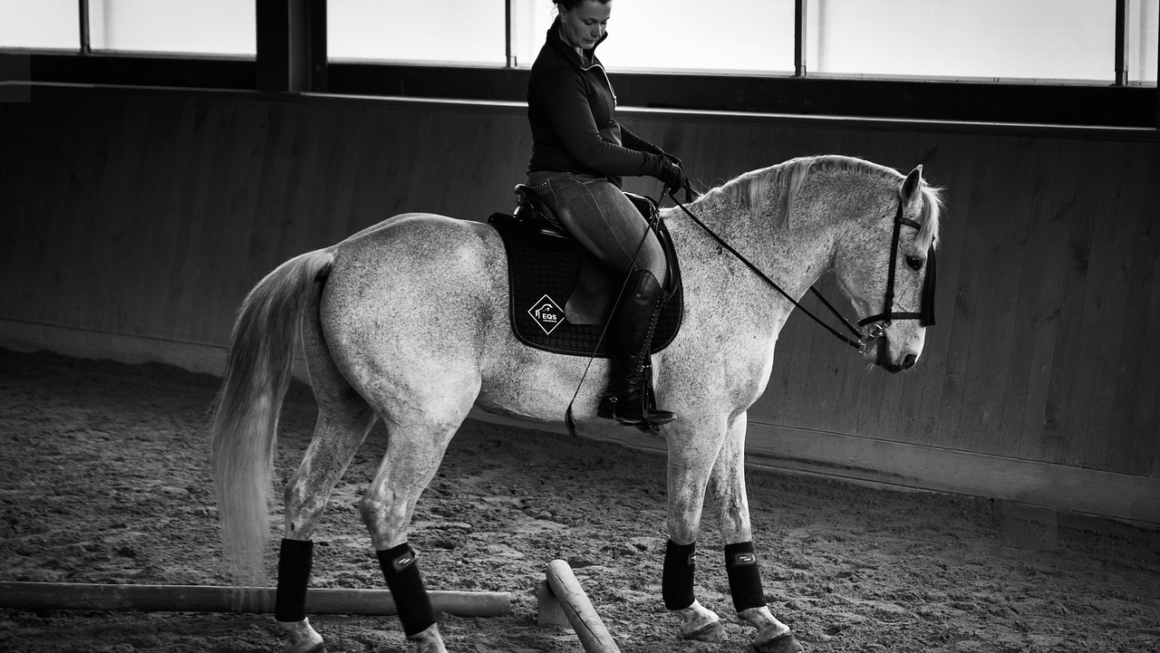Navigating the complexities of relationships can be challenging, and one term that often surfaces is the dreaded “friend zone.” It’s a situation many have experienced, where one person desires a romantic relationship while the other only sees them as a friend. Understanding the dynamics of the friend zone, how it happens, and whether escape is possible is crucial for managing expectations and fostering healthy relationships.
Understanding the Friend Zone
Defining the Friend Zone
The friend zone is a metaphorical space where one person in a potential romantic connection desires a relationship that extends beyond friendship, while the other person does not reciprocate those feelings. This can lead to feelings of unrequited love, frustration, and confusion.
- It’s not always a conscious decision by either party.
- Sometimes, it’s a mismatch of expectations and desires.
- It can be a painful experience, especially when strong feelings are involved.
Common Misconceptions About the Friend Zone
There are several common misconceptions about the friend zone that need to be addressed:
- It’s always a bad thing: While often portrayed negatively, genuine friendships are valuable, even if romantic feelings aren’t mutual.
- It’s a permanent state: Dynamics can change over time, although it’s essential to be realistic.
- The ‘friend zoned’ person is always to blame: Sometimes, the timing is off, or the chemistry simply isn’t there.
- Friendship is a stepping stone to romance: While this can happen, it shouldn’t be the primary motivation for building a friendship.
How Does the Friend Zone Happen?
Lack of Clear Communication
One of the most common causes of the friend zone is a lack of clear communication about intentions and desires. If one person doesn’t express their romantic interest, the other person may assume they’re only interested in friendship.
- Example: Sarah and Mark have been friends for years. Mark has developed romantic feelings for Sarah but never explicitly tells her. Sarah, unaware of Mark’s feelings, introduces him to her other friends, further solidifying their platonic relationship.
- Tip: Be honest about your feelings early on, but respect the other person’s boundaries.
Overly Friendly Behavior
Sometimes, being too friendly or overly supportive can inadvertently place you in the friend zone. It’s important to balance being a good friend with expressing romantic interest.
- Example: John is always there for Lisa, offering emotional support and advice. Lisa appreciates John’s friendship but sees him more as a confidant than a potential partner.
- Tip: Demonstrate your romantic interest by flirting and asking them out on dates, not just being a supportive friend.
Perceived Lack of Attractiveness or Compatibility
Physical attraction and perceived compatibility play a role in romantic relationships. If one person doesn’t find the other attractive or doesn’t see them as a compatible partner, they may relegate them to the friend zone.
- Example: Emily admires David’s intelligence and humor but doesn’t feel a romantic spark due to a lack of physical attraction.
- Tip: Focus on self-improvement and highlighting your positive qualities, but also accept that compatibility is subjective.
Fear of Rejection
The fear of rejection can prevent people from expressing their romantic feelings, leading them to stay in the friend zone to avoid damaging the friendship.
- Example: Peter has feelings for his friend Amanda but fears that confessing his love will ruin their friendship, so he remains silent.
- Tip: Assess the situation and gauge the other person’s interest before making a move, but don’t let fear paralyze you.
Is It Possible to Escape the Friend Zone?
Assessing the Situation
Before attempting to escape the friend zone, it’s crucial to assess the situation objectively and determine whether there’s any chance of romantic interest.
- Consider the other person’s behavior and past comments.
- Evaluate whether there’s any underlying attraction or chemistry.
- Be honest with yourself about the likelihood of success.
Communicating Your Feelings
If you decide to pursue a romantic relationship, communicate your feelings clearly and respectfully. Be prepared for the possibility of rejection.
- Example: “I value our friendship, but I also have romantic feelings for you. I understand if you don’t feel the same way, but I wanted to be honest with you.”
- Tip: Choose the right time and place for this conversation, and be prepared to respect their decision.
Creating Distance
Sometimes, creating distance can help shift the dynamic of the relationship. It allows the other person to see you in a different light and may prompt them to reevaluate their feelings.
- Spend less time together and focus on your own interests.
- Avoid being overly available or eager to please.
- Give them space to miss you.
Moving On
If the other person is adamant about remaining friends, it may be necessary to accept their decision and move on. Holding onto unrequited feelings can be emotionally draining and prevent you from finding a fulfilling relationship elsewhere.
- Focus on healing and self-care.
- Meet new people and explore new interests.
- Remember that you deserve to be with someone who reciprocates your feelings.
Building Healthy Friendships and Relationships
Setting Boundaries
Setting clear boundaries is essential for maintaining healthy friendships and relationships. This involves communicating your needs and expectations and respecting the other person’s boundaries as well.
- Example: “I’m happy to be your friend, but I’m not comfortable discussing my romantic life with you.”
- Tip: Be assertive but respectful when setting boundaries, and be prepared to enforce them if necessary.
Communicating Openly
Open and honest communication is crucial for building trust and understanding in any relationship. This involves expressing your feelings, needs, and concerns in a respectful and constructive manner.
- Example: “I feel hurt when you make jokes about my appearance. Can you please stop?”
- Tip: Use “I” statements to express your feelings without blaming the other person.
Respecting Each Other’s Feelings
Respecting each other’s feelings is essential for creating a safe and supportive environment in any relationship. This involves listening actively, validating their emotions, and avoiding judgmental or dismissive behavior.
- Example: “I understand that you’re feeling stressed about your job. How can I support you?”
- Tip: Show empathy and compassion, even when you don’t agree with their perspective.
Conclusion
Navigating the friend zone can be a challenging experience, but understanding its dynamics and applying effective communication strategies can help you manage expectations and foster healthy relationships. Remember that genuine friendships are valuable, and sometimes, moving on is the best course of action for your emotional well-being. Whether you’re trying to escape the friend zone or build stronger connections, clear communication, respect, and self-awareness are key.




